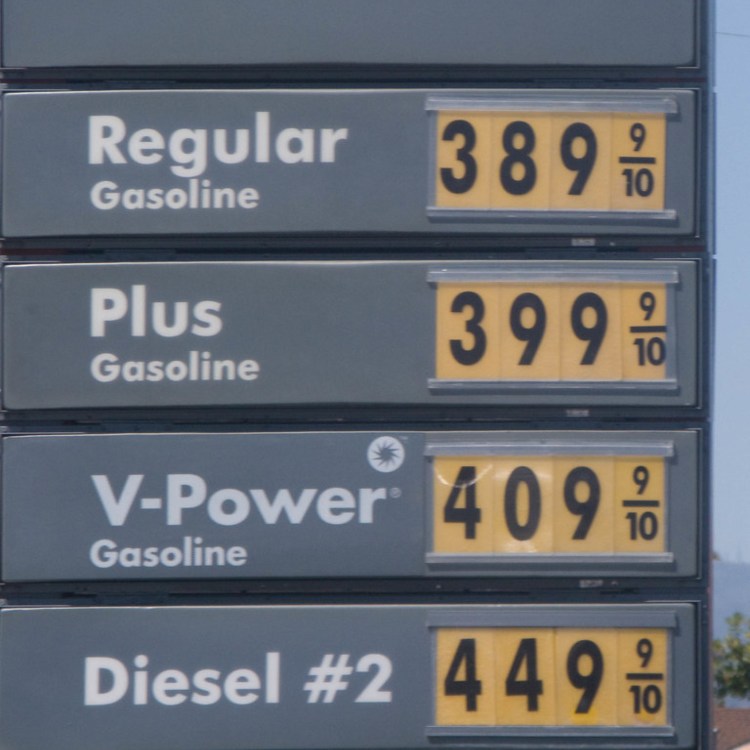Why Are Gas Prices On The Rise Again?
For a while, gas prices were plunging. Why? The pandemic hit. People stayed home. Cars stayed in garages. And demand for gasoline dropped significantly. For the first time in four years, the average price for a gallon of gas – all grades – fell below $2 a gallon.
But gas prices have increased more than 25 cents a gallon since the start of 2021, according to AAA auto club. What’s more, fuel prices are expected to continue increasing throughout the spring and summer, owing to several factors beyond our individual control. Here are six factors influencing the rise in gas prices and a look at how high they could go, so that you can adjust your budget accordingly.

Refineries Took A Hit During The Pandemic
The arrival and duration of COVID-19 caused fuel sales to plummet. By the end of 2020, more than a dozen refinery closures resulted in reduced U.S. production totaling more than 1 billion barrels per day. As a result, U.S. oil and gas producers lost tens of thousands of jobs last year. According to Raymond James analyst Justin Jenkins,
“It’s possible some capacity could come back online in the 2022-2023 timeframe, but by and large, we think these closure announcements will mostly prove permanent.”

Surging Crude Oil Prices
Blame COVID for this one, too: As the pandemic raged during the spring of 2020, the cost of crude oil dropped dramatically as economies declined and people didn’t travel. The OPEC cartel and its allies slashed oil production to prop up oil prices, but since the start of 2021, crude prices have been soaring because OPEC has kept output fairly low.
“Crude, not demand, has been the main factor driving gas price increases this year,” says Jeanette Casselano McGee, a spokeswoman for AAA.

Winter Woes In Texas
The Lone Star State is a star when it comes to oil production: Texas is America’s top crude-producing state. When eleven Texas refineries had to be shut down due, in part, to extreme winter temperatures, as much as 20% of the country’s total refining capacity went offline.

Stimulus Checks Could Stimulate Demand
If Congress approves a third round of stimulus checks, consumer spending could take off and low gas prices could take a hit. Goldman Sachs estimates that $2 trillion in economic stimulus spending over 2021 and 2022 could increase U.S. oil demand by about 200,00 barrels a day. And if suppliers can’t keep up with demand, fuel prices could jump even higher.
Travel Is Slowly Re-Opening
As states re-open and loosen their grips on restrictions, it’s likely that Americans will once again feel free to take to the open road, or fly the friendly skies, which will contribute to rising fuel costs. According to GasBuddy, “At the foundation of the rise [in oil prices] is the fact that the coronavirus situation continues to improve, pushing global oil demand higher as production continues to lag, pushing U.S. gas prices higher.”

Summer Ramps Up, Higher Prices Kick In
By Memorial Day, American drivers could find themselves paying close to $3 for a gallon of gas, according to both GasBuddy and AAA. Adding to the higher cost is the switch to more expensive summertime blends of gasoline that are used in summer months to reduce emissions that cause smog. On average, these types of blends can cost up to 15 cents more per gallon.
